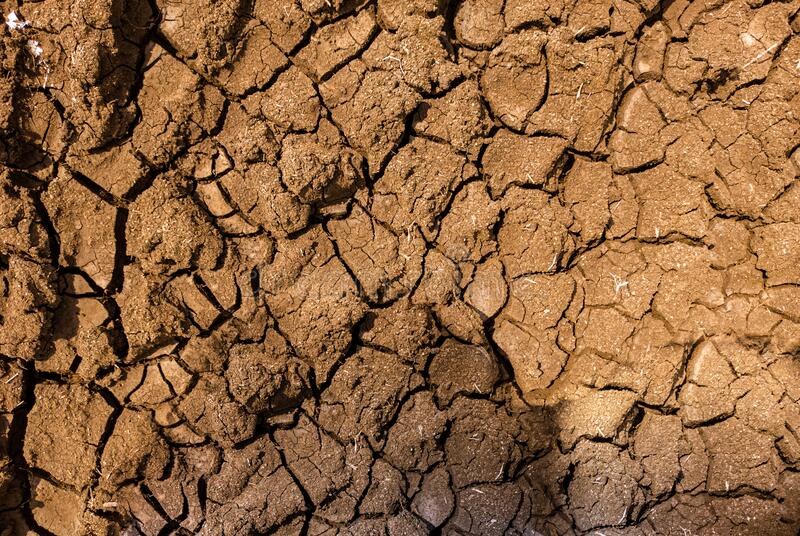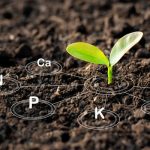Soil permeability is a characteristic property of soil, and studying it helps to erect better structures, construct stable foundations, and perform agricultural activities. Permeability of soil depends upon various factors, and important related aspects are discussed here.
Permeability can be defined as the ability of a porous mass to allow passage of water through the medium. Understanding permeability means understanding the structure of the soil and how water passes through different layers. Soil, as we know, has a layered structure, and water pressure at the surface would not be same at the middle portion. Determination of permeability enables engineers and agriculturists to study fluid-flow characteristics through a soil mass and thus helps in improving workability of the soil. As water is an essential ingredient for engineering and agricultural, work in the determination of permeability helps in retaining optimum water content so that best possible results are achieved in the minimum time.
The pumping test and percolation test can be used in the field to provide information about the permeability of soils. The pumping test is an active way to determine permeability whereas the percolation test is a passive way to find out permeability of a soil sample under consideration. The percolation test can be performed easily, and it does not cost much as well.
Soil or any porous material has pores or voids that allow movement of air and water through it. Through these voids, water travels and reaches the bottom of the porous material. If the voids in a soil mass are more, it will allow water to pass through easily and hence possess high permeability. On the other hand, a tightly packed soil mass will have less space between its constituent particles, which will not allow much water to pass through it and thus will have less permeability. Based on the above logic, gravel will have higher permeability than clay because gravel is a coarse aggregate and its constituent materials are loosely packed.
To determine the flow of a fluid through a porous media, i.e. permeability of a porous mass, Darcy’s Law is used. Darcy’s Law is derived from the popular Navier-Stokes equation, which basically makes use of Newton’s Second Law to study fluid substances. Darcy’s Law includes using the viscosity of fluid, pressure drop, and rate of discharge. The formula used to determine permeability is given below:
Q= –kA [(Pb-Pa) / (μ.L)
Figure A below will give a clear picture about the notations used in this formula. (Please click image to enlarge.)

Q denotes discharge, μ denotes viscosity, and k represents coefficient of permeability of the medium. The negative sign in the formula signifies the flow of water from high pressure regions to low pressure regions. Darcy’s Law is applicable only for slow and viscous flow conditions. Darcy’s Law is best suited for determination of seepage through aquifers and groundwater flow cases with Reynold’s Number less than 10.
Refer to the figure below showing the permeability coefficient for different type of soils.

Factors Affecting Permeability of Soil
Studying soil permeability is important because of the following reasons:
Underground seepage study is an important aspect of all the Civil Engineering works because once a foundation is laid, you don’t want the soil mass holding your foundation to leak water.
It aids in the determination of geostatic stresses and the effect of water pressure on earth structures.
It gives a beforehand idea about settlement of a foundation and volumetric changes in soil layers when subjected to fluids or water.
Before constructing a structure, it is always helpful to know the amount of water that can be discharged through a soil mass, and calculating permeability is the best way to know the discharge quantity.
There are numerous factors that affect the permeability of a soil mass. Important factors are mentioned below:
Chemical components of the interacting fluid, if not water, and its temperature.
Porosity of the soil mass under consideration, soil compaction also impacts permeability of soil.
Permeability from particle size of soil grain size, particle shape, and degree of packing of soil mass constituents.
In agricultural terms, permeability helps in determining the amount of water soaked in by the soil- whether rainfall soaks into the ground or runs off to the nearest stream. If the soil is not permeable and allows water to stay on its surface, it will affect plant growth. Water management techniques should be applied to avoid water-logging of agricultural soils. Controlled traffic and zero tillage are the best ways to reduce surface accumulation of water. Improving water entryways and water storage techniques near the field are also good practices to reduce the effect of water-logging on crops. Cover crops have helped farmers and agriculturists to improve permeability of soil and reduce soil surface strength as well.


